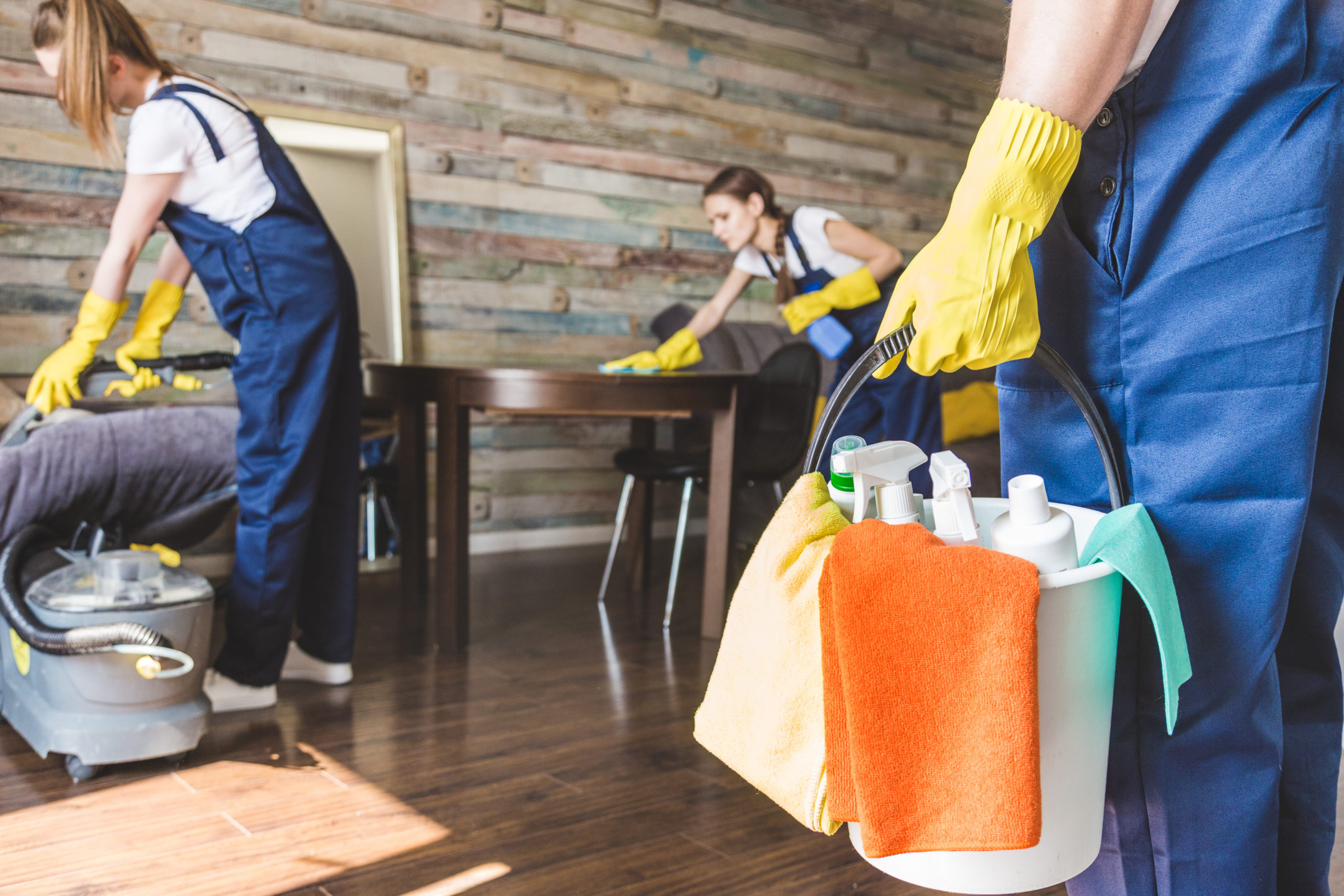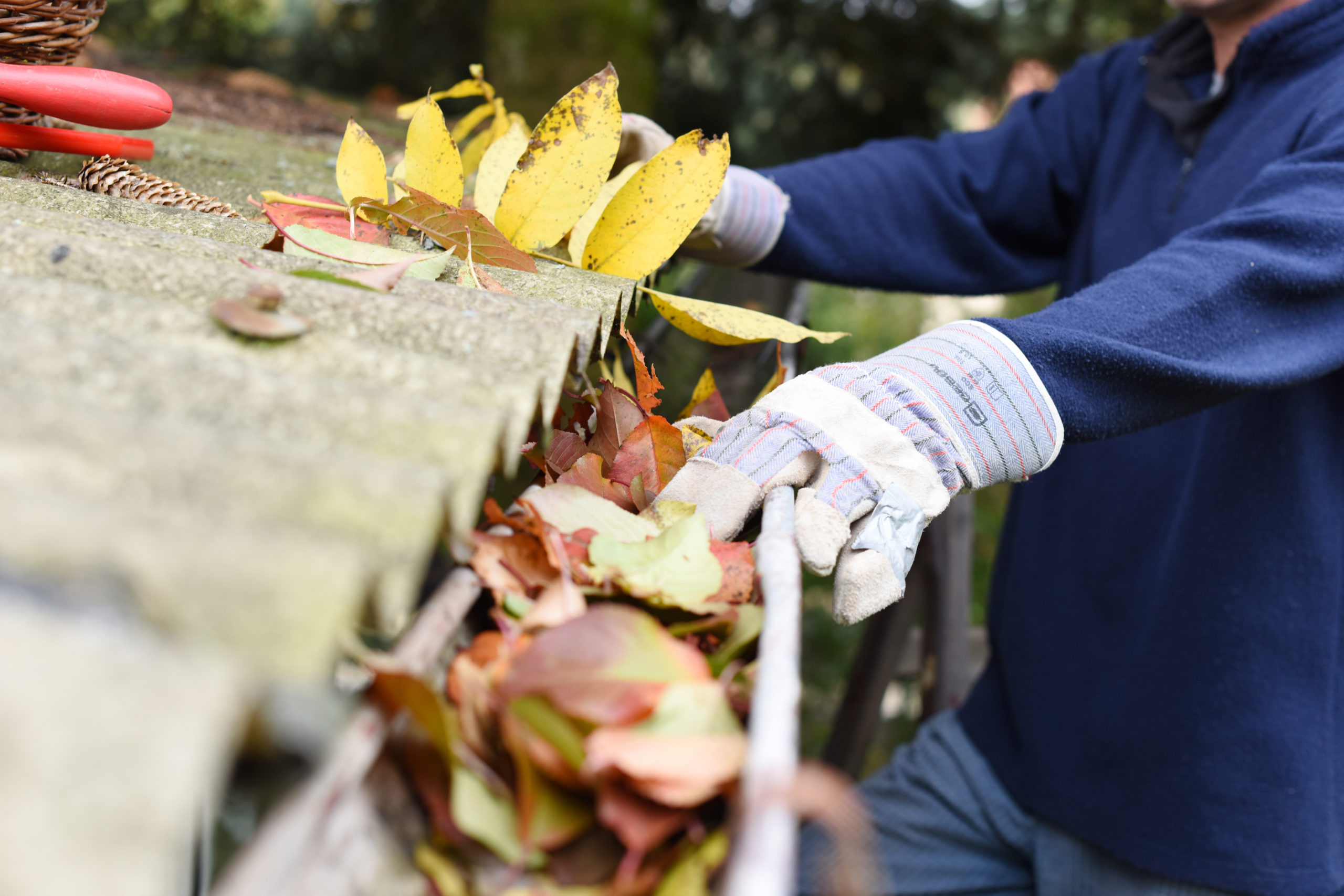You don’t need a PhD, but you should learn about pH to fight scum and protect surfaces.
We all know which cleaners work and don’t work, but we don’t always know why. Unfortunately, we often learn through trial and error. Understanding the basic science of the pH scale will help us assess if a new cleaner will deliver on its promises without risking damage to a customer’s home. Also, the ability to explain how a product works separates us from our competition by showing that we are true professionals with specialized training and knowledge.
“Scalable” Solutions
Most people understand what an acid is even if they don’t understand the technical definition. However, understanding the pH scale is important because it tells you how strong an acid a cleaning chemical is. The pH scale goes from zero to 14. Any chemical that has a pH less than seven (when dissolved in water) is an acid. The lower the pH number, the stronger the acid. The pH scale is logarithmic, which is a fancy way of saying each point on the pH scale lower than seven means the acid is ten times stronger than the next number on the scale. So a cleaner with a pH of one is not slightly stronger than a cleaner with a pH of two. It’s ten times stronger.
Dissolving Scum
Acids are very useful in cleaning, especially in bathrooms. Soap scum, for example, is formed when soap, body oils, and dissolved minerals in the water combine to create a salt that does not dissolve in water. This insoluble salt is found on the alkaline side (above seven) of the pH scale. One very effective way to remove soap scum is to use an acid cleaner. Acid will dissolve the soap scum into a waxy liquid and a small amount of gas. Think of your elementary school volcanoes. Vinegar is an acid (pH 3). When vinegar mixes with baking soda (an alkaline), the soda is dissolved and/or turned to a gas. Acids do the same thing to soap scum. You need to leave soap scum remover on the surface for a while before you remove it, since the acid needs time to work. Always follow manufacturer’s suggested dwell time, or the acid can damage the surface it is applied to.
Damage Control
Acids can do damage to limestone, marble, other natural stone surfaces and to chrome. Chrome is a very durable and water-resistant product. However acid will eat chrome plating. The stronger the acid and the cheaper (thinner) the chrome-plated fixture, the faster this damage will occur. It is very important that you understand the pH level of your cleaner. A product with a lower pH will do a better job removing soap scum, but it’s also more likely to damage chrome. You can learn the pH of any product by going online and getting the MSDS sheet. Below are a few examples of common household cleaners:
- Comet® Bathroom Cleaner – pH 3.0 (active ingredient citric acid)
- Lime-A-Way® – pH 2.0 (active ingredient phosphoric acid)
- The Works® Toilet Bowl Cleaner – pH less than 1.0 (active ingredient hydrochloric acid)
pHinally:
Remember, the pH scale works on a factor of ten, so Lime Away is ten times stronger than Comet Bathroom Cleaner. Works Toilet Bowl Cleaner is 100 times stronger than Comet Bathroom Cleaner. If you have ever cleaned a really nasty bathroom with years of soap scum, you have probably used a toilet bowl cleaner on it and seen how it eats the scum right off in seconds. If you got the cleaner on the chrome, however, you probably bought your client some new fixtures.
Click here to watch the video on YouTube
Dropping Acid
Maybe you already know all about protecting soft stone and chrome from powerful cleaners, but do your employees?
Play the video above for them (or send them the link) in which Tom Stewart demonstrates proper techniques for handling corrosives. Or print out Derek Christian’s article. Hand it out in your weekly meeting, or put it in your employees’ pay envelopes.
Replacing surfaces and fixtures because of acid damage can cost thousands of dollars. Taking a moment to put these useful tools to work in your business can save you a lot of money down the road.
To download this worksheet and share it with your staff, click here.
Derek Christian is founder and owner of My Maid Service, Cincinnati’s largest, independent professional cleaning company. Prior to that, he spent twelve years at P&G working on household cleaning products. Derek is co-founder and Editor in Chief of Cleaning Business Today. Click here to contact Derek.
Tom Stewart and his wife, Janice Stewart, are co-owners of Castle-Keepers, the 1st company to acheive CIMS certification. Tom is a nationally-recognized leader & innovator in the house cleaning industry. He is co-founder and Publisher of Cleaning Business Today. Click here to contact Tom.







